Barbara Hannigan and Cleveland Orchestra stop time with Abrahamsen premiere
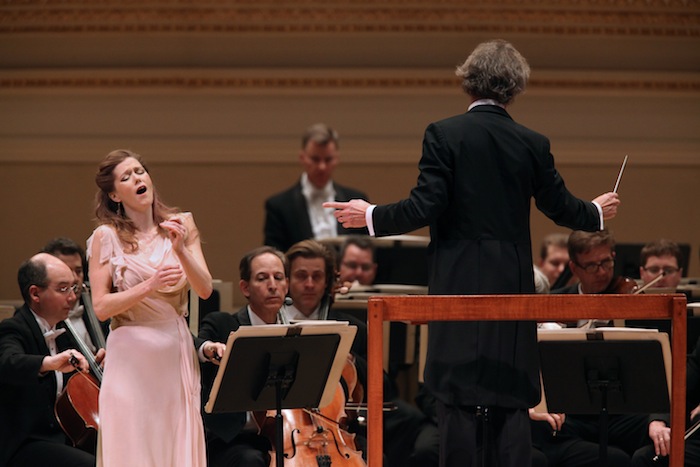
Barbara Hannigan was the soloist in Hans Abrahamsen’s “let me tell you” Sunday night with Franz Welser-Möst and the Cleveland Orchestra. Photo: Steve J. Sherman.
Hans Abrahamsen’s let me tell you received this year’s Grawemeyer Award for Music Composition, the most prestigious such prize in classical music. Written for soprano Barbara Hannigan, on a commission from the Berlin Philharmonic and the Danish Arts Foundation, the work deserves the highest accolades: it has a ravishing sound and the rare and welcome ability to pause the experience of time.
Hannigan gave the New York premiere of let me tell you with the Cleveland Orchestra and conductor Franz Welser-Möst Sunday night at Carnegie Hall. The concert, which also included Shostakovich’s Symphony No. 4, was dedicated to the memory of Pierre Boulez. Abrahamsen’s music and this performance, particularly, left a deep and lingering impression.
The work is a song-cycle, with seven individual settings within three sections. The text is by Paul Griffiths, who extracted it from his novel of the same name, in which the writer uses only the 481 words that Ophelia speaks in Hamlet. Abrahmsen paints the words, which are tightly concentrated around a central core with music that is mostly quiet and placid, with subtle cadences.
The Danish composer’s music is so finely structured that it can be heard as one continuous symphonic piece, with a coherent direction and large-scale resolution. Abrahamsen mostly uses small groups of instruments at one time, and while the main music is in the voice, the accompaniment is all lights, sounds, and colors. His orchestration is marvelous—like a jeweler he places small, exact cuts of gems into a spare but elegant frame.
Abrahamsen’s style in this piece has roots in Berlioz, but his writing is much more tightly controlled and moving in its restraint. There is a feeling of great and disturbing emotional force being parsed through the most minimal means, as if the music was putting its last energy into saying exactly what it means as precisely and clearly as possible.
There is a new recording of the work on the Winter & Winter label where Hannigan’s voice is out front, while at Carnegie on Sunday she was more integrated into the orchestral texture by Welser-Möst, the conductor smoothly and precisely balancing the blend of sonorities and timbres. This seemed the ideal expression of this music.
Hannigan’s clear, lustrous singing was an essential part of the overall orchestral tone. She has subdued lines with a few upward bursts of ecstatic passion. The music parallels phrases like “You have made me like glass” and “So: I will go on in the snow” with brilliant sonic depictions of glass shattering and snow floating down. Most memorable were Hannigan and a flute doubling each other, or her voice alluringly accompanied by a horn. These were extraordinary sounds, and let me tell you is packed with such marvels.
There was a superficial sonic contrast between the first and second halves of the concert, with Abrahamsen quiet and delicate, and Shostakovich loud and blunt. But both pieces depend on expressive constraints. The difference is that let me tell you says everything with exactitude and no drama, whereas Symphony No. 4 is all drama.
Shostakovich did not use words, of course, nor did he feel safe making a clear musical narrative. The Fourth Symphony is the music of a man who has something important, complex, and terrible to say, but can only do it through pantomime. It is one of the composer’s most expressively opaque works.
This came out as a challenge that the orchestra met inconsistently Sunday night. The playing was skillful and energetic, but was at time formally confused. This especially marred the opening movement, which veered neurotically from episode to episode. The accumulating impression was that unless the music’s horizon was immediately apparent, Welser-Möst did not always clearly navigate the path that led there.
Shostakovich plants plenty of bombs in the symphony, and Welser-Möst and the orchestra set these bursting with great energy. But Shostakovich also lays out a long fuse, and that mounting tension is one of the most important qualities in Shostakovich’s music, and that is where the performance too often fell short.
In the first movement, a maniacally played presto brought a sense of coherence to the interpretation, which deepened through the simple expression of William Preucil’s violin solo. The slow, heavy, reprise of the opening theme made for a plangent coda.
The Moderato con moto movement had a consistent sense of direction from the opening bars, and was satisfying, with that particular Shostakovich feeling of serenity enclosing incipient panic. Much of the final movement was excellent, though there was still the tendency in the Allegro sections for the orchestra to blindly take Shostakovich’s feints and blind alleys as ways out of the expressive maze.
But the playing was still strong, and captured the composer’s stone-faced wit, like in the snatches of The Magic Flute. The finale was marvelous, a haunting Shostakovian mix of violence, wistful romance, and patient fatalism.
The Cleveland Orchestra returns to play a Mozart program with Mitsuko Uchida, 7 p.m. February 14. carnegiehall.org
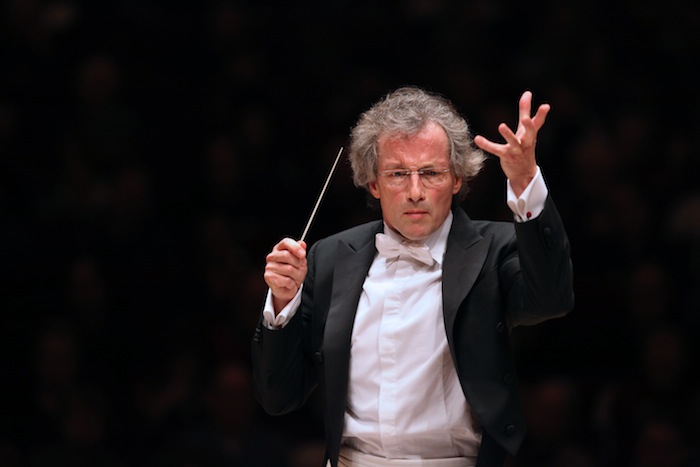
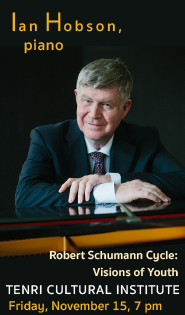
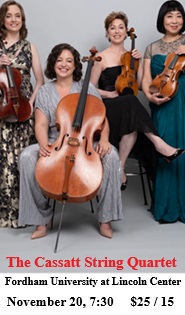
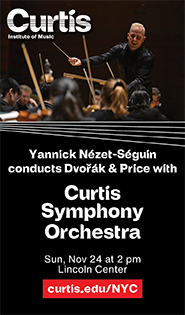
Posted Jan 19, 2016 at 6:01 am by jorgen abrahamsen
My brother’s music piece is a masterwork, that I compare with Mahler’s Das Lied von der Erde, which is one of my favourites in classical music, if not my favourite. Hans’ music is even so moving and deep with that touch of something deeply spiritual and heart-moving. I love it and am so proud of him. His exquisite music is now appreciated all over the world and is being played by the greatest orchestras in important cultural and civilised cities like New York and Berlin and which attracts a highly cultural audience, who enjoys and appreciates his divinely beautiful and deeply meaningful music, which will live for ever, as long as we’ve got high quality culture and art on this planet.